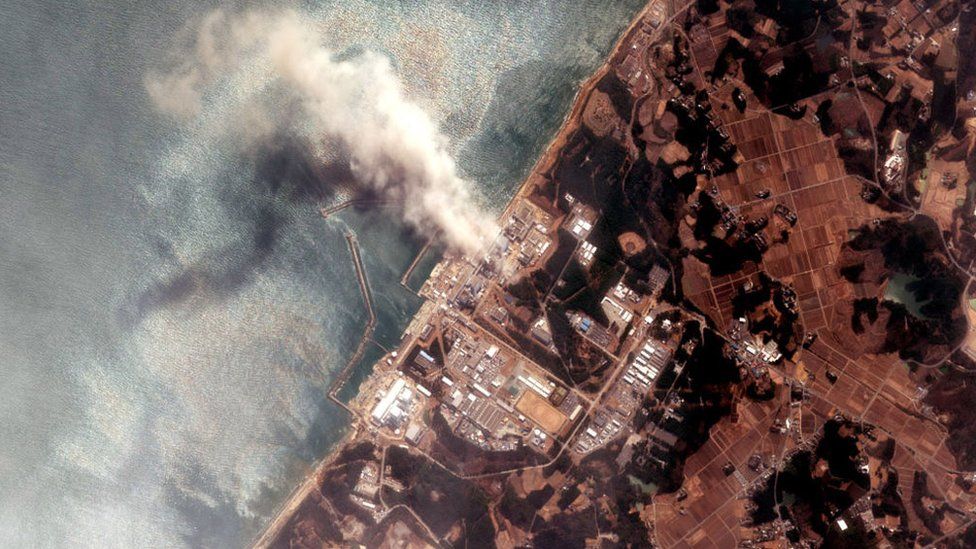Nuclear power plants have always been a subject of controversy, with arguments on both sides of the debate. Some people view nuclear power as a viable solution to the world’s energy crisis, while others fear the dangers that nuclear plants pose to both human life and the environment.
One of the most notable nuclear accidents in history was the Chernobyl disaster of 1986. This incident occurred when a nuclear reactor at the Chernobyl Nuclear Power Plant in Ukraine suffered a catastrophic failure solely due to mere ignorance of Anatoly Dyatlov, leading to an explosion and a massive release of radioactive materials into the surrounding environment. The disaster caused the deaths of at least 4,000 people, and many more suffered from long-term health effects.

Similarly, in 2011, the Fukushima Daiichi Nuclear Power Plant in Japan experienced a major accident when a 9.0 magnitude earthquake and subsequent tsunami struck the region. The disaster resulted in a series of meltdowns and releases of radioactive materials, leading to the evacuation of around 160,000 people from the surrounding area. The tsunami caused more than 15,000 deaths and injuries, while the direct radiation effects from the accident were responsible for only one death.

Although nuclear accidents like Chernobyl and Fukushima have had devastating consequences, the overall safety record of nuclear power is generally good. According to the International Atomic Energy Agency, nuclear power has one of the lowest accident rates of any major energy source.
Nuclear power plants produce a significant amount of energy, with approximately 443 nuclear reactors operating in 30 countries around the world. In 2021, nuclear energy accounted for around 10% of global electricity production.
However, one of the biggest concerns with nuclear power is the issue of radioactive waste. If the used fuel is recycled, a typical 1,000 megawatt nuclear power plant may generate enough electricity to meet the requirements of over a million people while producing only three cubic meters of vitrified high-level waste yearly. Virification means that it is mixed with glass and then solidified into a glass block making it more stable and easier to store, usually in underground containers made out of thick concrete or steel made to withstand natural disasters and last for thousands of years. In contrast, a 1,000 megawatt coal-fired power plant annually emits more than 6 million tonnes of carbon dioxide and about 300,000 tonnes of ash.
In comparison to other forms of renewable energy, nuclear power has a relatively low environmental impact. Nuclear power plants produce far less carbon emissions than fossil fuel-based power plants, and they are more reliable than wind or solar energy. However, the high upfront costs of building nuclear power plants and the issue of radioactive waste disposal have made nuclear power an unpopular choice for some governments and environmentalists.
In conclusion, nuclear power plants can be a valuable source of energy. If the waste is stored properly and government ensure that nuclear plants are constructed and maintained to the highest safety standards, it is generally very safe. Ultimately, nuclear power must be viewed as a valuable energy source that can contribute to a more sustainable future.

Leave a Reply